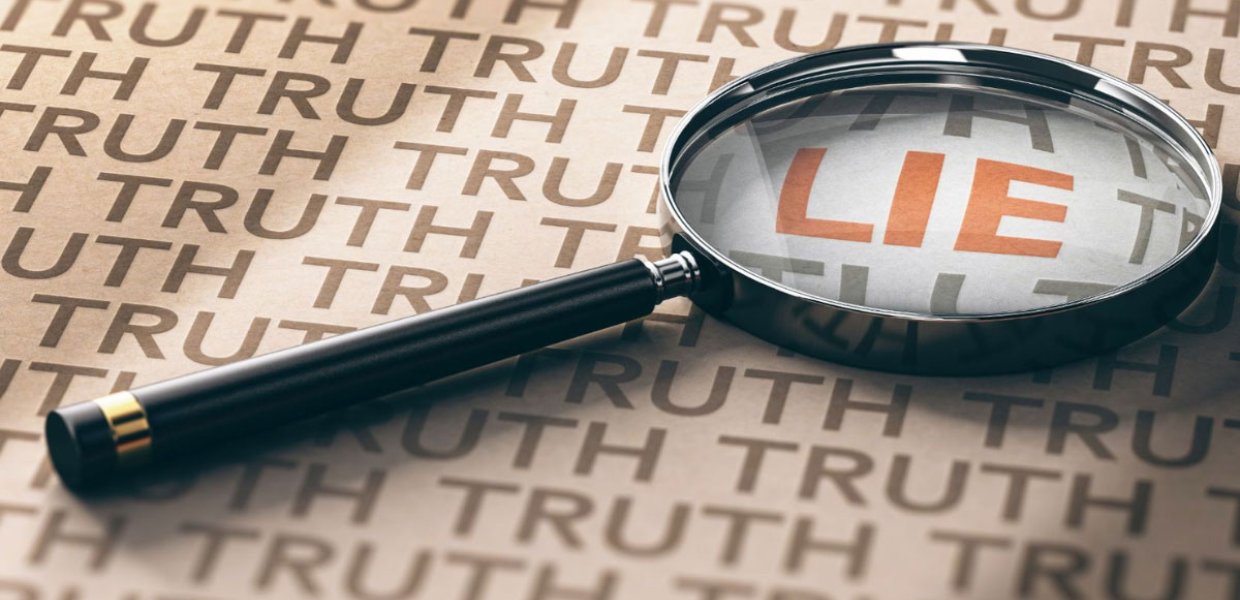I dislike the term “disinformation.” It whitewashes the danger and damage caused by the creation and distribution of false information. It is simpler to use a clearer word — lies. The objective of sharing information — every communicator’s core goal — should always be to provide clarity in a truthful, authentic way.
Disinformation does the opposite. It obfuscates, breeds doubt, and undermines credibility. It also erodes trust — not in just in our discipline, but in our fundamental democratic institutions, which include a free and objective press.
Microsoft’s President Brad Smith has shared his perspective that technology is both a “tool” and a “weapon.” I view communications in the same light. Much has been written about the vital importance of truthful communications in a functioning democracy. History is replete with bad actors and examples of untruthful propaganda, weaponized to deceive and mislead. The effects of disinformation are troubling because, like many of my peers, I’ve spent decades working to shed the disparaging image of the “spin doctor,” which is at odds with the core tenet of our craft. Truthfulness is necessary for any corporation, organization, government, or public individual. If that trait is missing, trust will erode. One needs only to observe the damage to the VW brand — and its bottom line — caused by Dieselgate, the carmaker’s outright fabrication of data for government emissions testing.
While social media plays a critical role in the dissemination and validation of disinformation, it is not the only source. Nor is disinformation a uniquely U.S. challenge — its rise is universal. So is the ascendance in distrust of the media, institutions, and political leadership.
What does all this mean for communicators?
As an employee of Microsoft, I’m proud of our commitment to developing technologies and partnering with organizations to combat the spreading of lies. In recent years, Microsoft has introduced video authentication software using AI that identifies artificially manipulated imagery and videos. The company has partnered with the Trusted News Initiative and global media outlets like the BBC, CBC and The New York Times on a verification technology called Project Origin that aims to tackle the most dangerous disinformation worldwide. Microsoft has also partnered with peers like Adobe, Arm, Intel and the BBC to establish technical standards for publishers and creators to certify and trace the origins of media content. But no single organization can combat disinformation alone.
I believe the normalization of disinformation is among the most pressing concerns for every communications professional today. We must use every weapon at our disposal to combat the war on the truth. Perhaps 2023 will be the year when we see the adoption of a communicator’s equivalent of the Hippocratic Oath, or the formation of an organization like the bar association, where clear protocols and standards of conduct are universally applied and followed.
Whether we work in media relations or in the media, we share a common goal: the pursuit of the truth. The rise of systematic disinformation campaigns — often run by governments with limitless resources — means the press and PR need to build stronger, more meaningful relationships if we are to have any hope of the truth winning out over carefully crafted, emotionally manipulative lies.
For communicators, this will also mean sometimes taking your lumps. Volkswagen got caught in a lie of its own making and took the reputational and financial hit it deserved. But good things came out of the beating the company took in the press — it pushed VW to lead the charge among legacy automakers in shifting to electric vehicles. That’s not something that likely would have happened had the press not done its job.
Better, truthful communication starts with us. It’s time to lean in to help address the erosion of truth. The credibility of our craft depends on it.
